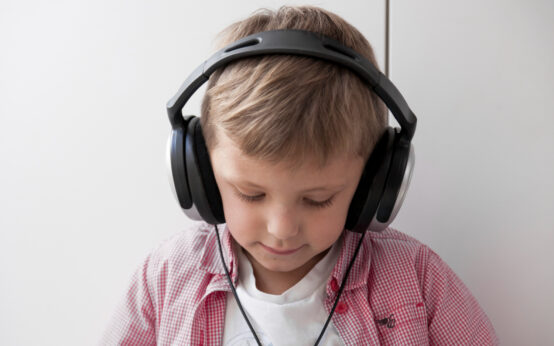Introduction
Autism, a spectrum of neurodevelopmental differences, surrounded by various myths that perpetuate misunderstanding and hinder genuine acceptance. In this article, we aim to debunking five myths about autism, shedding light on the nuanced realities that autistic individuals encounter.
The Empathy Myth
Contrary to common belief, autistic individuals do not lack empathy. While they may exhibit lower levels of cognitive empathy—understanding others’ thoughts and beliefs—their affective empathy, the ability to respond to others’ emotions, remains intact. The challenge lies in the potential disconnection between recognizing emotions and understanding their causes. Autistic individuals do care about others’ feelings, emphasizing the need to recognize and appreciate their unique empathetic experiences.

Unraveling the tapestry of understanding, let’s embrace the truth and shatter the illusions. Unraveling misconceptions about autism not only opens hearts and minds but also unveils a world where acceptance paints a brighter tomorrow.
Debra Muzikar
The Behavior Myth
Autism is not define by negative behaviors. Early misconceptions categorized autism based on outward behaviors, overlooking the underlying stress responses that individuals may experience. Negative behaviors often result from challenges in communication, sensory sensitivities, or difficulties expressing needs. Understanding the true source of stress is crucial in addressing the core challenges of autism rather than focusing solely on observable behaviors.

The Friend Myth
Autistic individuals indeed desire social connections, challenging the myth that they do not want or need friends. Past traumatic experiences, including bullying and exclusion, may lead to social anxiety and self-isolation. Recognizing and supporting these challenges can help create inclusive environments where autistic individuals can form meaningful connections with others.

The Intimacy Myth
The misconception that autistic individuals not interested in intimate relationships perpetuates ignorance about their desires. Autistic individuals do seek intimacy but may struggle with the complexities of social expectations. Understanding and accommodating these challenges can pave the way for fulfilling relationships that align with their unique needs and preferences.

The Life Trajectory Myth
Autism is not confined to childhood; it is a lifelong condition. The misconception that autism can be outgrown stems from biased portrayals in media and public discourse. As autistic individuals transition to adulthood, they may face challenges in accessing appropriate support and resources. Acknowledging autism as an integral aspect of a person’s identity promotes understanding and a commitment to lifelong support.
Conclusion
Dispelling myths surrounding autism is crucial for fostering a more inclusive and empathetic society. Autistic individuals experience empathy, desire social connections, seek intimacy, and navigate challenges throughout their lives. By challenging misconceptions and promoting accurate information, we can contribute to a more compassionate understanding of autism and support autistic individuals in reaching their full potential.






